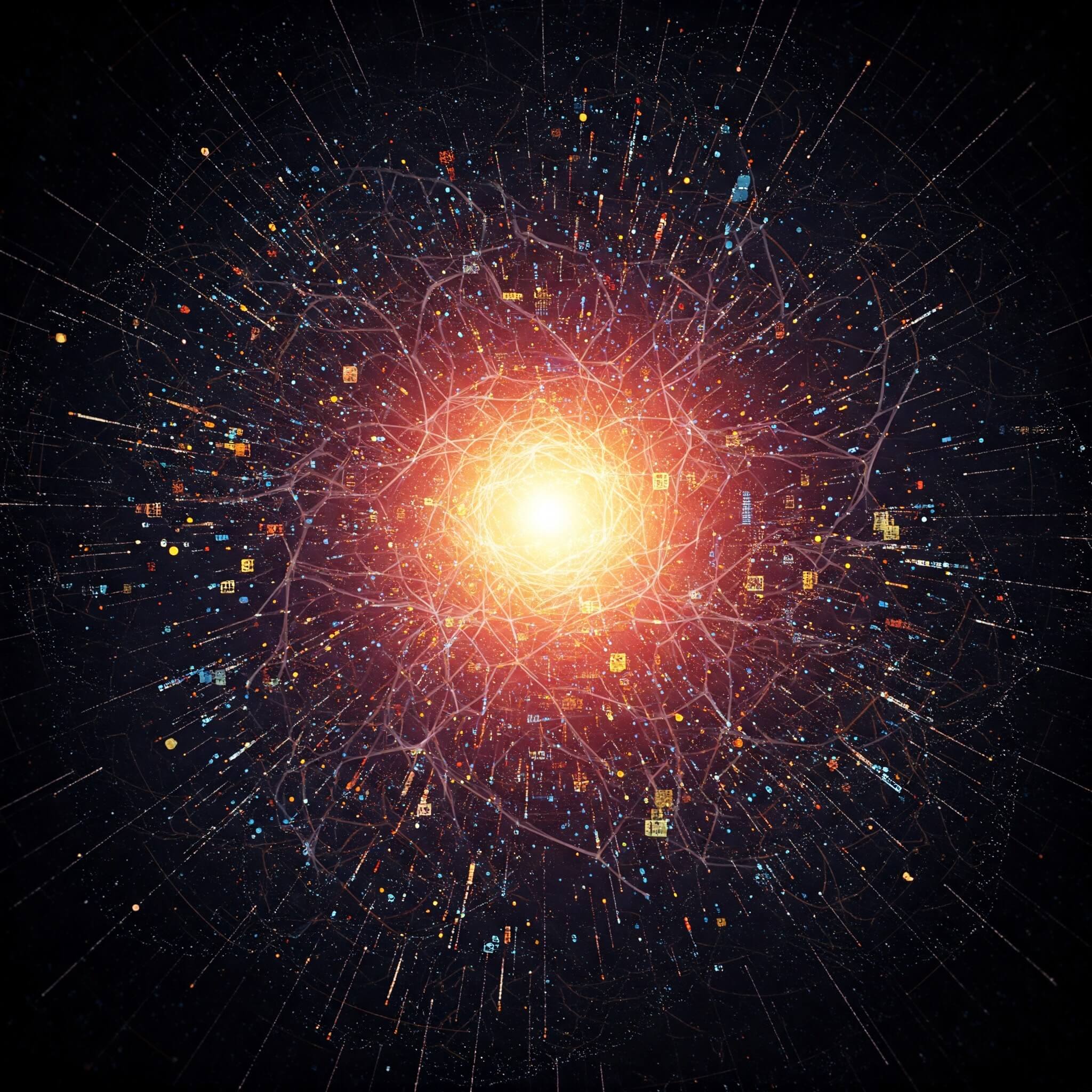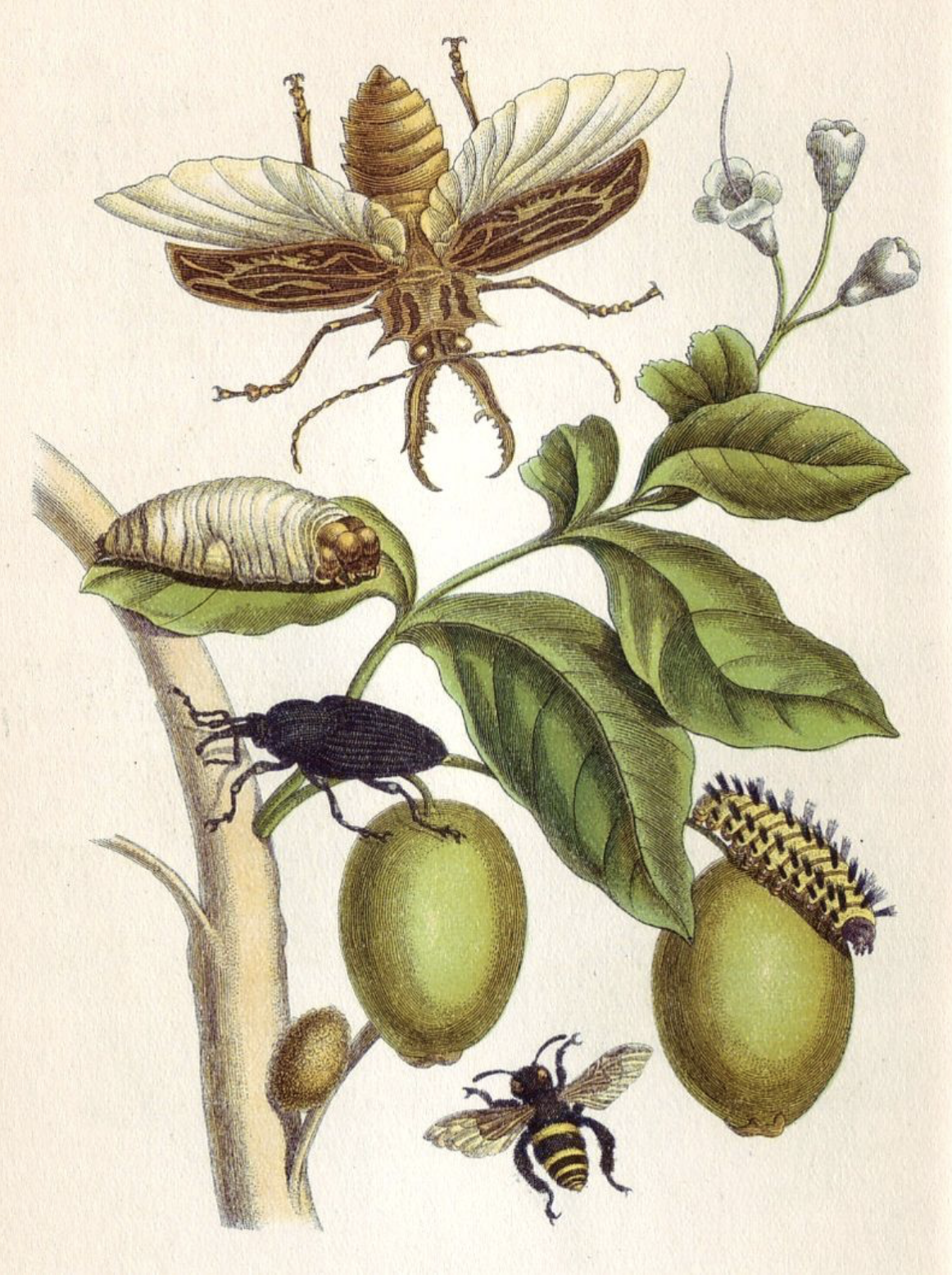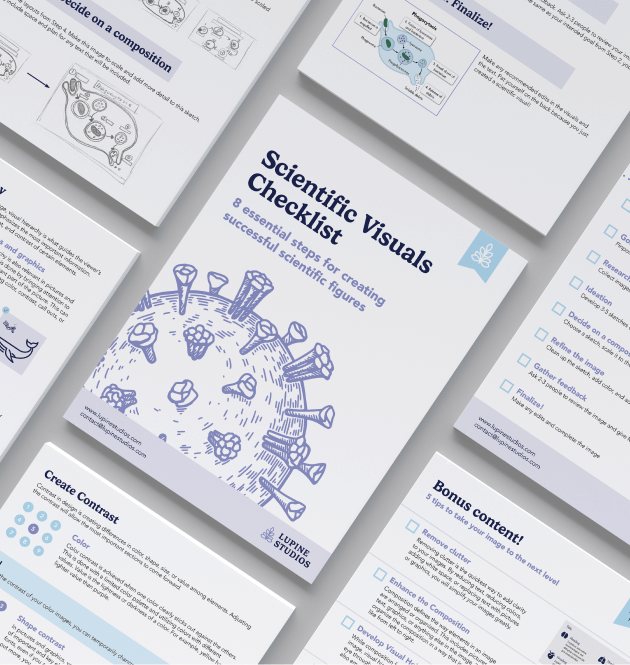So many art careers are being impacted, or even replaced, by artificial intelligence (AI). But when it comes to the specialized world of scientific illustration, human expertise is still irreplaceable. Let’s take a closer look at why AI can’t (yet) take over this highly specialized field.
AI in the scientific illustration field
Honestly, I think that AI can be extremely helpful in the creative process when used correctly. I personally use it to Photoshop certain items out of references or to expand the background of a photograph. It is a powerful tool for illustrators and designers, and can often speed up the working process.
However, when it comes to highly detailed, accurate, and specialized scientific and medical illustrations, AI cannot compete with trained illustrators and designers. For example, AI-generated illustrations might present a hand with an extra bone, an artery in the wrong location, or muscle tissue in strange places—details that are critical for educational purposes.
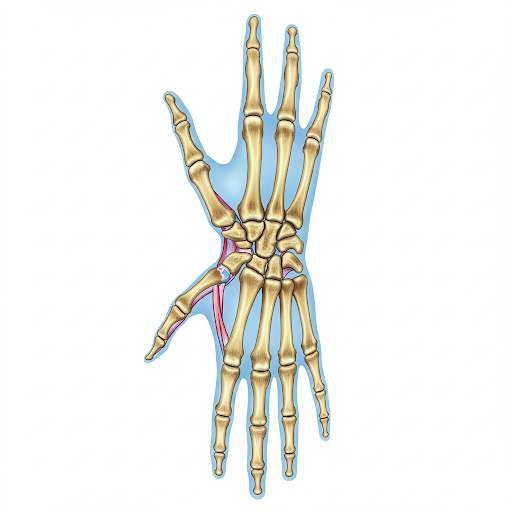
In scientific illustration, every detail matters. The slightest inaccuracy can have serious consequences when conveying complex biological or medical concepts. We want to ensure that the images we provide can be used to properly educate viewers about a topic.
What can’t AI do?
Scientific illustrators are trained to have a thorough understanding of biology and the natural sciences. We don’t just draw what we see. Instead, we are able to accurately capture elements of the subject in ways a photograph cannot. This is unlike what AI is capable of. The nuance involved in showing how a structure looks from the inside, or the correct anatomical placement of an object, is not something AI can replicate perfectly.
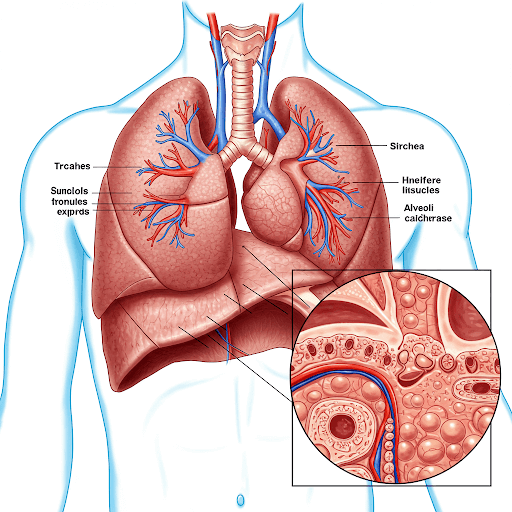
AI also cannot consider the target audience of an image. The illustrative style, organization, and level of content are different depending on who the image is for. For example, a diagram of a heart to teach middle school students will look greatly different than a diagram used to teach medical students. AI cannot identify the needs of the intended audiences.
Scientific and medical images require not only illustration knowledge, but also a lot of design knowledge. These images typically have text, labels, call outs, and other design features, and are often crucial for a viewer to fully understand the image.
There is so much information scientific illustrators need to consider when creating a piece such as the intended audience, the way viewers should interpret or experience the work, the scientific content, and so much more. AI cannot accomplish this in a way that is accurate and reliable, especially for educational purposes.
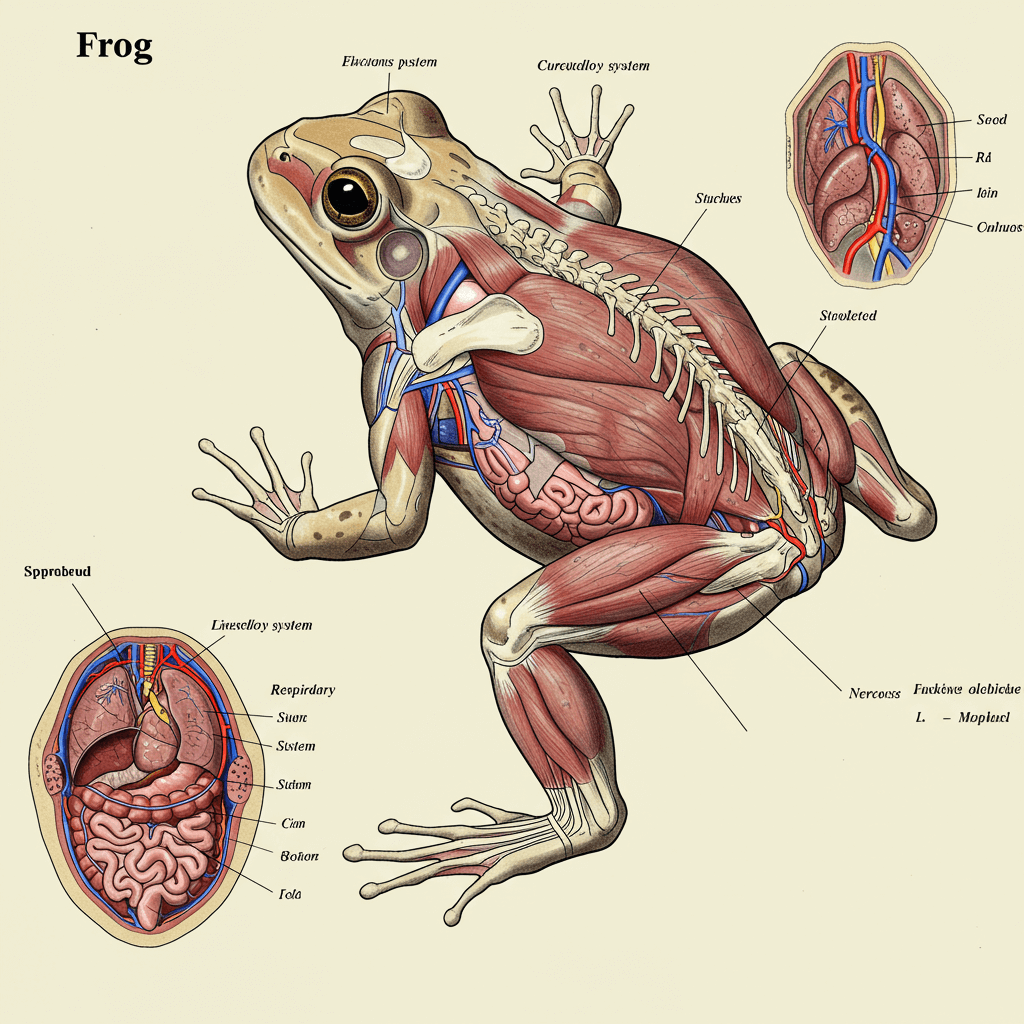
Scientific illustrators are safe for now
AI may be able to assist illustrators in certain aspects, but for the foreseeable future, human scientific illustrators are irreplaceable. The unique combination of artistic skill, scientific understanding, and attention to detail that human illustrators provide will continue to be crucial in creating accurate, meaningful, and educational visual representations of the world’s most complex subjects.
In the world of scientific and medical illustration, human expertise will continue to be essential.


Level up your visuals with this easy-to-follow guide
Learn More about the Checklist




